Five favorite tea herbs, cooking herbs and potpourri herbs
lavender_lass
14 years ago
Related Stories

EDIBLE GARDENS8 Surefire Vegetables and Herbs for Beginning Gardeners
Learn the edible plants that are popular and easy to grow in a backyard or container garden
Full Story
EDIBLE GARDENS12 Essential Herbs for Your Edible Garden
Make home cooking and drinks even better with herbs plucked from your own backyard or windowsill pot
Full Story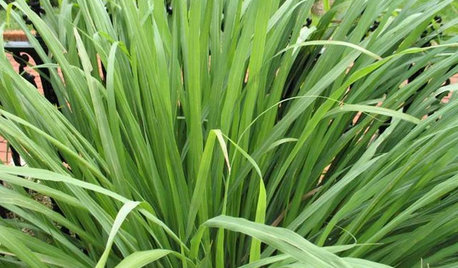
HERBSHerb Garden Essentials: Grow Your Own Zesty Lemongrass
Add lemony goodness to cooking and tropical flavor to your yard with this grass-like herb native to Southeast Asia
Full Story
SUMMER GARDENINGHow to Grow Basil
Bright color, quick growth and endless uses for cooking make this summer annual a winner in the garden or a pot
Full Story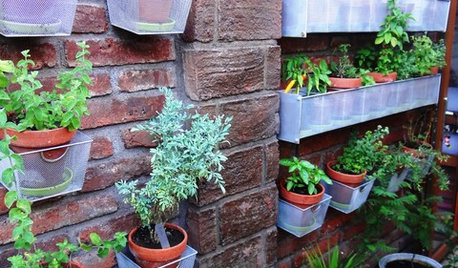
GARDENING GUIDES9 Fresh Herbs for Crowd-Pleasing Thanksgiving Dishes
Pluck these herbs from a windowsill pot or a garden for a Thanksgiving meal that sings with fresh flavor
Full Story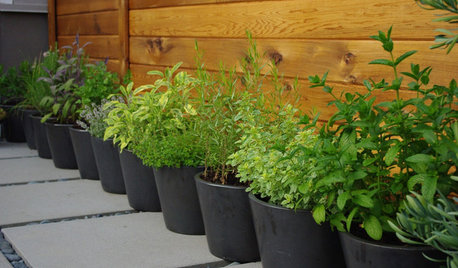
GARDENING GUIDES4 Herb Container Gardens for Fabulous Global Cuisine
Tingle your taste buds with the unbeatable taste of fresh herbs in your Italian, Asian, Mexican or French fare
Full Story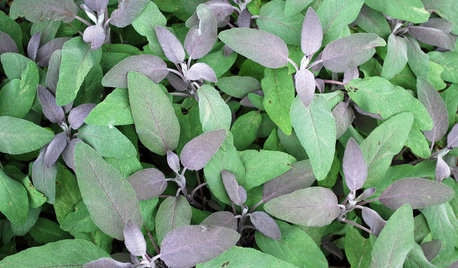
EDIBLE GARDENSHerb Garden Essentials: Grow Your Own Culinary Sage
Fill in your garden with this drought-tolerant perennial that’s flavorful and deer resistant
Full Story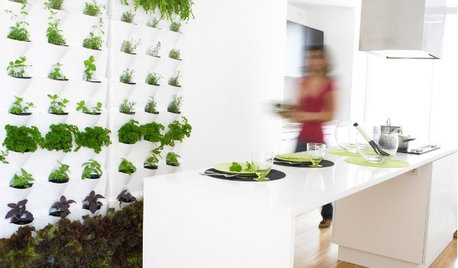
Guest Picks: Herb Gardens for Small Kitchens and Gardens
Up the wall, easily portable or beautifully decorative, these solutions help even the smallest kitchens and balconies get growing
Full Story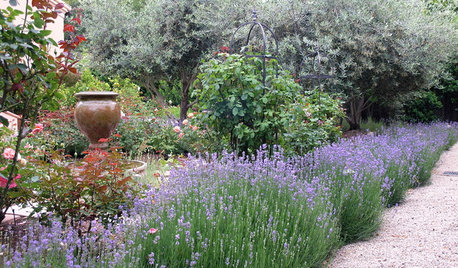
FLOWERSHerb Garden Essentials: Grow Your Own Fragrant Lavender
This do-it-all plant is ideal for almost any garden, and its uses are abundant around the home
Full Story
GARDENING GUIDESHerb Garden Essentials: Grow Your Own Delicious Mint
Pull out a pot for this one. Mint's spreading habit and hard-to-kill nature can be a blessing — if you're properly prepared
Full Story









patsycollins
Daisyduckworth
Related Professionals
Simpsonville Landscape Architects & Landscape Designers · Havre de Grace Landscape Architects & Landscape Designers · Port Royal Landscape Architects & Landscape Designers · Los Banos Landscape Contractors · Mahwah Landscape Contractors · Melrose Park Landscape Contractors · Natick Landscape Contractors · North Richland Hills Landscape Contractors · Quincy Landscape Contractors · Secaucus Landscape Contractors · Raytown Landscape Contractors · Dallas Roofing & Gutters · Newton Roofing & Gutters · Norton Roofing & Gutters · Robbinsdale Roofing & GuttersCA Kate z9
herbalbetty
lavender_lassOriginal Author
herbalbetty
fatamorgana2121
luckynes13
lavender_lassOriginal Author
fatamorgana2121
hemnancy
west_texas_peg
tracydr
cabrita